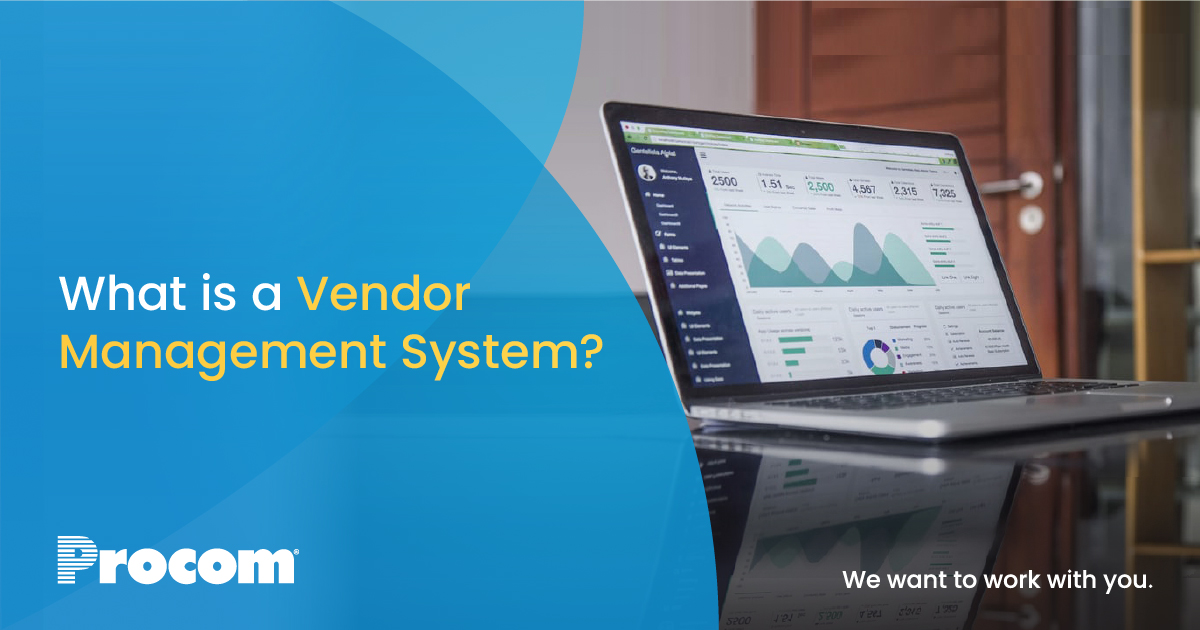What is a Vendor Management System?
A Vendor Management System (VMS) is a software application, typically cloud-based, that helps to facilitate the process of contingent worker procurement and contingent workforce management. A VMS will automate and streamline the sourcing, engaging, managing and payrolling of contingent workers sourced through an organization directly or by their Managed Services Provider (MSP) like a staffing agency.
With today’s global talent pool, organizations have access to knowledge workers around the world who are digitally based and remote ready to complete projects or fill roles, and organizations that tap into the contingent talent pool gain the flexibility necessary to scale resources in an uncertain work world.
For many organizations, one of the answers to navigating the many complexities of contingent workforce management is a Vendor Management System.
How can a VMS optimize contingent workforce management?
Business leaders admit they lack insight into who works for them. A recent study conducted by Oxford Economics and Fieldglass finds only 40-47 per cent of business executives consider themselves “highly informed” about compliance, contingent workers’ responsibilities, tenure, quality of work, headcount and access to facilities.
Similarly, a familiar pattern emerges with procurement professionals – the same study finds just over half of executives surveyed (53 per cent) are “highly informed” about the responsibilities of the service providers, and even less are informed of the duration of work, access to facilities, systems and confidential information, work quality, progress against milestones and/or deliverables, and compliance with licenses and certifications.
A VMS tool will help employers achieve greater visibility across their entire contingent worker program while earning cost savings, improving program efficiencies and enforcing compliance.
Why do organizations use Vendor Management Systems?
In an increasingly complex, global workforce, a VMS will help employers take a more organized approach to managing their contingent workers and gain better access to contingent worker data. For any successful contingent worker program, a VMS solution is essential to providing visibility into who is working for you.
A VMS will enable organizations to take a more organized and systematic approach to managing their contingent workforce. Yet, while a contingent workforce, inarguably, comes with many benefits that are associated with the agility to scale up and down hiring needs, each contingent worker type comes with its own set of legal obligations and tax requirements — and heavy penalties if employers aren’t compliant.
Measuring Performance with Vendor Management software
A VMS can also integrate vendor management. Through a VMS, organizations can track and manage pre-defined performance metrics throughout the duration of their contracts. This allows employers to gain greater visibility into their vendor relationships and have more control over their vendor selections. A vendor management solution that integrates with a VMS can give employers confidence in the quality of services that are being delivered.
How can your VMS realize if vendors are meeting expectations and business goals? Your VMS strategy must include Key Performance Indicators (KPI’s) that are critical to measuring if your vendor management software is effective.
To evaluate vendor performance, KPI’s should be unique to your organization and your business goals. However, the KPI’s below are an example of quantitative and qualitative ways to measure vendor performance.
Cost management
A VMS will provide employers with increased visibility into costs that will allow for better control over money being spent.
Relationship management
Do you have solid and transparent relationships with your vendors? Do you feel as though your vendors are committed to your organization’s business goals? Are your vendors up to date with technology that can better manage your staffing and procurement needs?
Quality
Are your vendors subject matter experts in their field? It’s important to measure staff expertise, accuracy and compliance of your vendors.
Response
Do your vendors deliver services on time and with accuracy? What is their response time to issues and/or emergencies? It’s important to measure these customer service KPI’s.
Risk
Your VMS performance KPI’s should also evaluate financial, operational, compliance and data security risks.
What are the benefits of a Vendor Management System?
Vendor Management Systems will help employers achieve greater visibility across their entire contingent worker program while earning cost savings, improving program efficiencies and enforcing compliance. Vendor Management Systems will also help employers:
Achieve Greater workforce visibility
Vendor Management systems make it easy for organizations to achieve total visibility over their contingent worker program. This maximizes cost savings, improves worker performance and enforces compliance.
Automate and streamline processes
A VMS solution will guide users step-by-step through each process associated with procuring external resources. From creating a requisition to offboarding, Vendor Management software will seamlessly complete each task. With automation eliminating tedious administrative responsibilities, organizations can save time and money.
Accurately track applicants
Vendor Management Systems have powerful applicant tracking capabilities that create a more efficient hiring process across all areas of an organization. With automation tackling the administrative tasks associated with onboarding, offboarding and all tasks in between, employers have access to all hiring data with the ability to reject or accept any items in the workflows.
Reporting and Analytics
A Vendor Management System allows organizations to gather comprehensive data on their contingent workers and program. Employers will have access to data that can accurately evaluate costs, time-to-hire, candidate quality and quantity and the organization’s exposure to risk. These data-driven reports allow organizations to evaluate their numbers against the competition and the industry.
The data and analytics capabilities of Vendor Management Systems enable organizations to make better enterprise-wide decisions. The management system gives users direct access to the data that allows employers to gauge the success of their programs, and make adjustments accordingly.
Efficient Processes and Compliance
A Vendor Management System will ensure data, processes and procedures are consistent across all areas of an organization’s departments and locations – even if their contingent worker programs are managed independently. This capability not only sets the standard approach to management, but also ensures that organizations are compliant with local legislation.
Getting it right
When sourcing and implementing a VMS, it’s important to get the support and buy-in from the key stakeholders in the organization. Once management is on board with your vendor management strategy, the key to supporting your organization’s management objectives is planning, choosing and configuring the right technology to suit your business needs.
If you’re considering a VMS or are re-evaluating your current system, significant operational changes can require a new management solution as you remodel your blended workforce. A Managed Services Program (MSP) will support these tech changes across the entire contingent workforce delivery.
Are you interested in gaining deeper insights into Vendor Management Systems?
Download our free Case Study to learn how Procom’s VMS technology helped one client partner save on contingent workforce costs and more.






